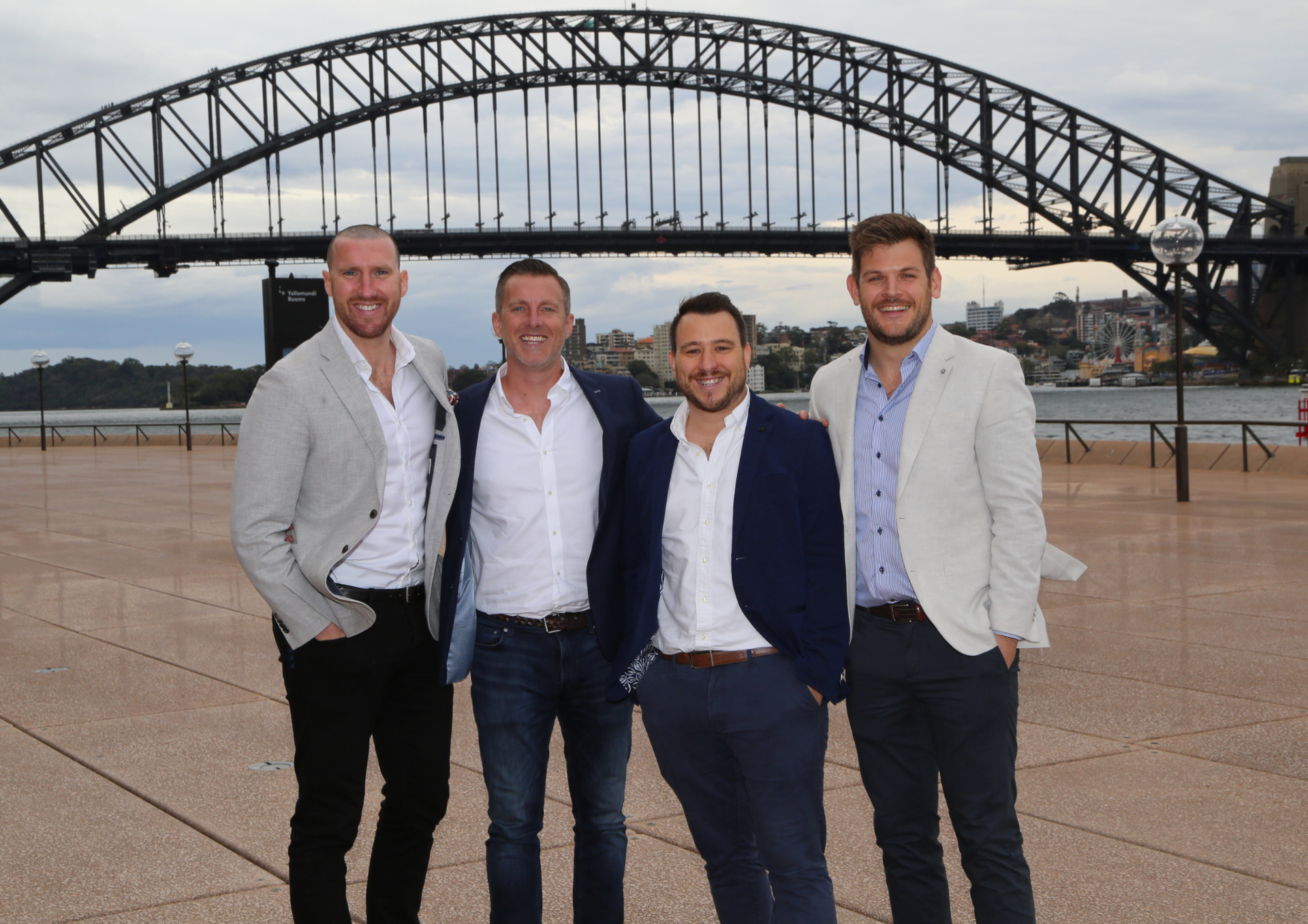How To Design An Inclusive Benefits Compensation Package Everyone Wins
The talent-short post-covid world brings enormous opportunity to redesign your offer in line with your DE&I initiatives. Here’s how you can get it right.
Reality Check! Pre-pandemic perks were designed for workplaces that no longer exist. While the free fruit, beers, and Friday pizzas are appreciated, we’ve noticed the candidate’s needs shifting to be more individual-life-focused.
For example, with many candidates now, it’s not just, can I work from home? There’s also, will I be properly supported with my office set up and deliverables; will I still feel included, and my wellbeing valued; will my development and career progression be affected if I’m unseen; will I still be able to enjoy the perks and benefits if I’m not onsite – the list could go on.
What’s clear is, your compensation strategy can’t be a token check-box activity. Employers must invest in their employees by offering holistic benefits that meet individual needs and goals.
Here are three ways to design an inclusive benefits and compensation package.
1. Benefits designed with equity in mind
Is your workplace a workshop housing a thousand lemmings who all look the same, sound the same, and feel the same? Chances are you’re designing a benefits package for a diverse workforce with varying abilities, challenges and needs that can’t efficiently be met with a standard one-size-fits-all offer.
Before you can go making improvements, you’ll need to first acknowledge any inequities and biases some groups may be experiencing. That could be single parents, marginalised groups, and people from lower socio-economic backgrounds, for example.
You might then explore flexible cultural holidays, flexible schedules and work-from-home, extra paid leave, flexible and inclusive parental leave for all new parents, meal vouchers (instead of onsite lunches), study allowances or entry pathway programs to help you attract diverse talent who may not have had access to university. Where are your current gaps?
2. Benefits for all ages and life stages
We’re working alongside the most generationally diverse workforce of all time. But it’s unlikely your benefits and perks have really factored in the different needs and motivators of each generation. As one generation approaches retirement, another is entering the workforce, and the ones in the middle are navigating parental leave (and returns), home ownership and leadership opportunities.
How are you compensating these vastly different needs without excluding anyone?
3. Bespoke benefits that put your people first
Employees have outgrown a lot of the traditional benefits offered, like gym membership discounts. Instead, they’re looking for workplaces where they feel truly seen and valued. To get this right, you’ll want to interview your current employees for their ideas, pain points and needs. You’ll also want to analyse your candidate feedback to confirm what they’re looking for in an employer.
Once you understand what your target audience most desires, you can look at introducing customisable benefits. Don’t be afraid to get creative – it’s how you can be sure to stand out!
Outside of the box perks could look like providing accommodation in tight rental markets, subsidising or providing onsite childcare, generous paid parental leave that provides equal access for both parents, financial wellness for the young and retiring, or a holistic approach to wellness, including nutrition counselling, mental health services, mindful journals, subscriptions to meditation apps, and shortened workdays.
You could explore a platform like Career Money Life which provides a full spread of career transition services that your employees can pick and choose from depending on their life and career stage (and your allocated budget).
Benefits for people
Design your inclusive benefits package around your employees and ideal candidates. When you invest in your people by offering benefits that are in line with their specific interests and goals, the business will enjoy better outcomes – increased productivity and morale and, ultimately, more engaged employees.
Download our 2022 Candidate Motivators Report if you need market data to support your benefits design process.


Recruitment International Awards’ The Rising Star’ award winner 2018, 2019 & 2020 & Best Large Recruitment Agency 2021

The Global Recruiter Asia Pacific Awards Best Newcomer Award Winner 2019

Quicklinks
Disciplines
Get in Touch
Sydney: Level 7/10 Spring St, Sydney NSW 2000
Brisbane: 40 Creek Street, Brisbane City QLD 4000
Melbourne: Level 7, 222 Exhibition Street, Melbourne VIC 3000
© Talenza Pty Limited. All rights are reserved.




